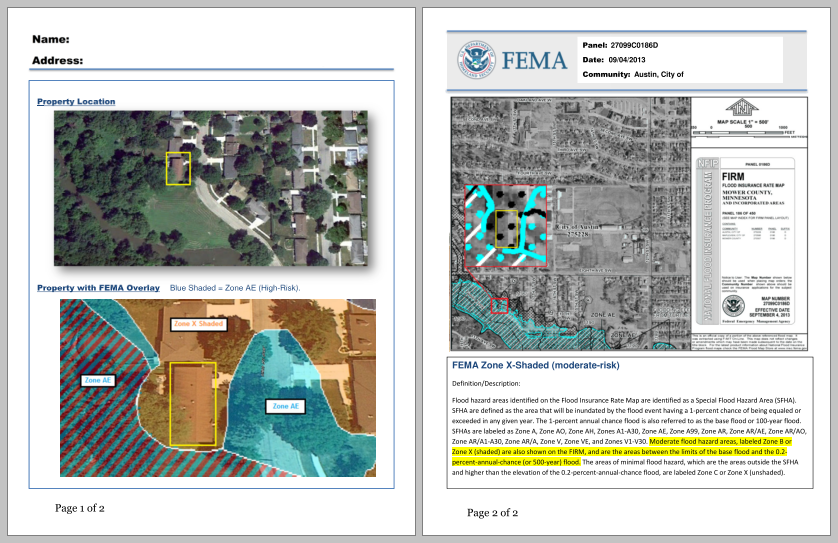


Our advice is to leave early as roads may become congested or access routes may be cut. Follow all instructions given by emergency services.Follow your Home or Business FloodSafe Plan.Never enter or travel through floodwater.Turn off the electricity and gas at the mains before you leave and turn off and secure any gas bottles.In larger floods, evacuation centres may be established. You should try to seek shelter with family or friends well away from flood impacted areas. Remaining in flooded areas is dangerous and may place your life and those of emergency service volunteers and workers at risk. Link for more information There are a number of ways you might hear about the need to evacuate including: These orders are authorised by the local SES Region Controller. When flooding is about to happen and you are required to evacuate, the SES will issue an Evacuation Order advising people of what to do and where to go. Be prepared to evacuate if advised by emergency services.Keep listening to your local radio station for information, updates and advice.Locate important papers, valuables and mementos.Activate your Home or Business FloodSafe Plan.Relocate waste containers, chemicals and poisons well above floor level Secure objects that are likely to float and cause damage.Stack possessions, records, stock or equipment on benches and tables, placing electrical items on top.Link for more information To prepare for possible evacuation: An Evacuation Warning will allow you time to prepare now before a possible Evacuation Order is issued, when you may have to leave immediately. When flooding is likely to cut evacuation routes or inundate property, the NSW State Emergency Service (SES) may issue an Evacuation Warning as a ‘heads up’ to prepare for possible future evacuation.īeing prepared will allow you to respond quickly if flooding is about to happen.


 0 kommentar(er)
0 kommentar(er)
